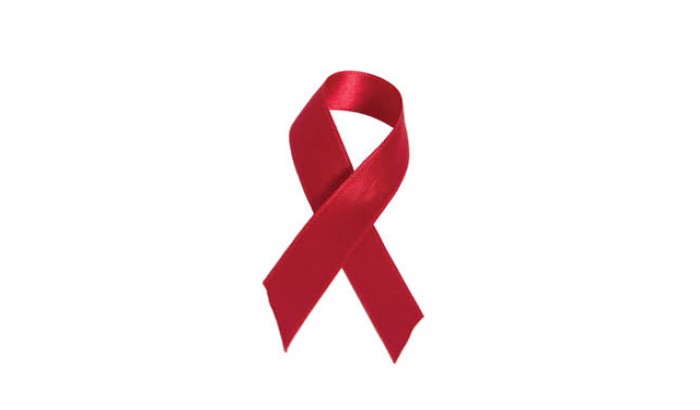
According to Bangladesh Bureau of Statistics (BBS), Bangladesh has, so far, around 14,000 patients of AIDS, the most advanced stage of HIV infection. Though the number is low, the country is at high risk because of neighbouring countries which have higher transmission rates and easy access to drugs.
According to a report of UNICEF, about 3.60 lakh adolescents are projected to die of Aids-related diseases across the world between 2018 and 2030. About 76 teenagers are projected to die every day if any additional allocation is made in preventing HIV, screening and treatment project. Currently, two adolescents are being infected by HIV in every two minutes.
Assistant Professor of Shaheed Suhrawardy Medical College Hospital, Dhaka virologist Dr Zahidur Rahman said, "Bangladesh is a country of low prevalence in case of HIV infection. But it is at risk for various reasons. We have borders with two countries (India and Myanmar). Both are at high risk. There are also a few lakh Rohingyas in the country."
Mentioning people coming to Bangladesh from the two neighbouring countries, he said it is urgent to launch HIV screening tests at air, sea and land ports.
"This test will not cost much, and it may take 10 minutes to conduct the same by kit. The United Nations have huge idle money which we can use for HIV screening," he added.
The first case of HIV in Bangladesh was detected in 1989. Since then, 10, 20, 100 or 200 new cases have been identified every year. In 2018, the number of new cases stood at 869. Bangladesh registered the first death of HIV-infected patient in 2000.
According to statistics till November 30, 2021, Bangladesh tested a total of 6,28,312 people for HIV last year. In addition, 6,62,757 people went through blood screening. Bangladesh detected 729 more HIV infected people in 2021. Among them, 188 are Rohingya refugees came from Myanmar. With them, the number of potential patients infected with HIV in the country is 14,000.
During the same period, among the new cases, general population was 186 (26%), Rohingya 188 (26%), expatriates and members of their families 144 (20%), injecting drug users 81 (8%), female sex workers 17 ( 2%), homosexuals 67 (9%), male sex workers 53 (7%) and transgenders 13 (2%).
DGHS Line Director Dr Md Khurshid Alam, also the project director and line director of Tuberculosis-Leprosy and AIDS STD Programme (TB-L & ASP), said, “The rate of HIV infection in the country is very low, only 0.1 percent. Although the rate of infection is low, there is a risk of HIV surge due to overcrowding, internal and international migration and lack of awareness. Alongside, the risk is increasing for Bangladesh as the rate of HIV infection is much higher in neighbouring countries like India, Pakistan, Myanmar, Thailand, Malaysia and Indonesia.


-2018-06-07-14-19-03.jpg)


